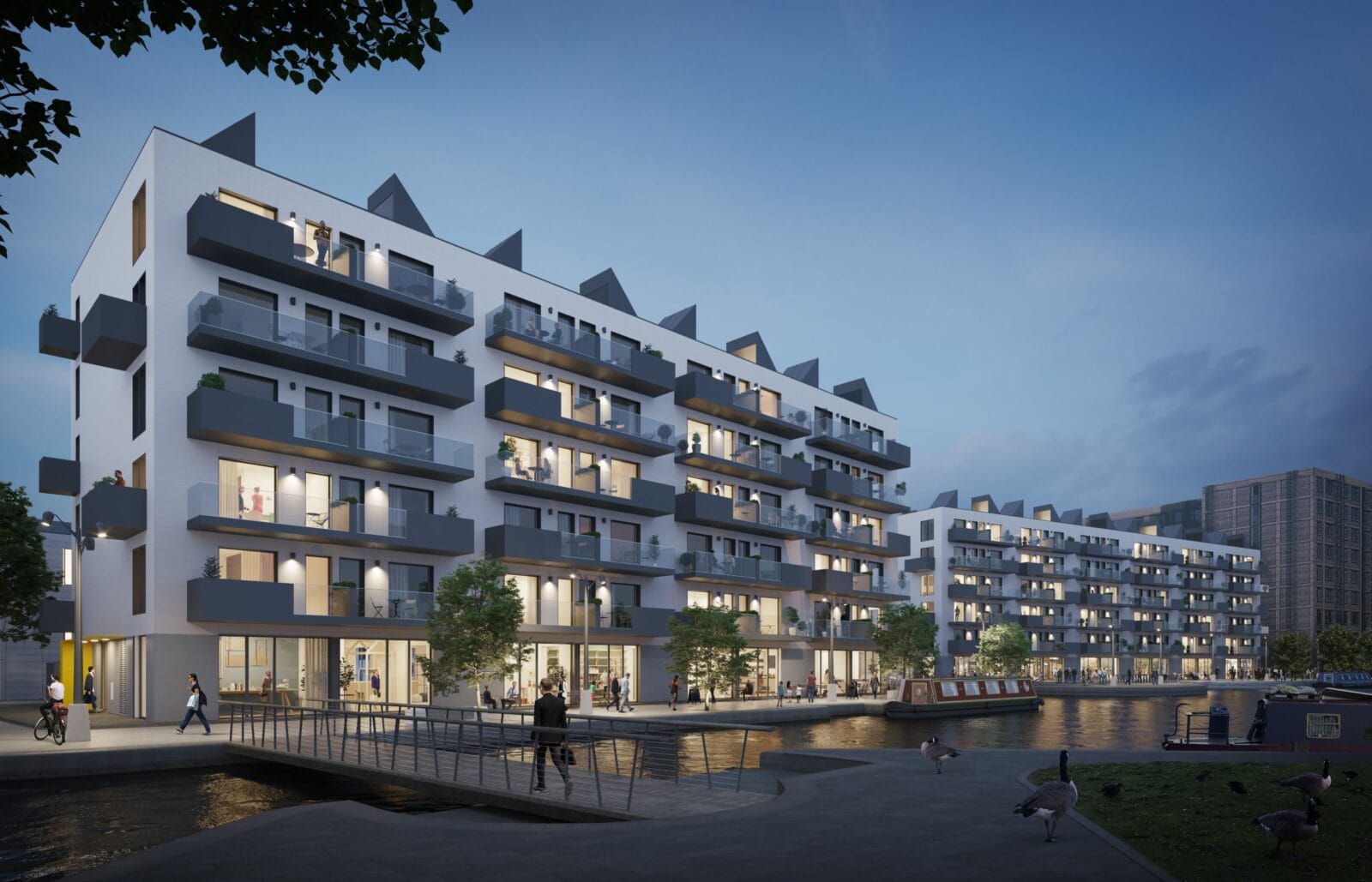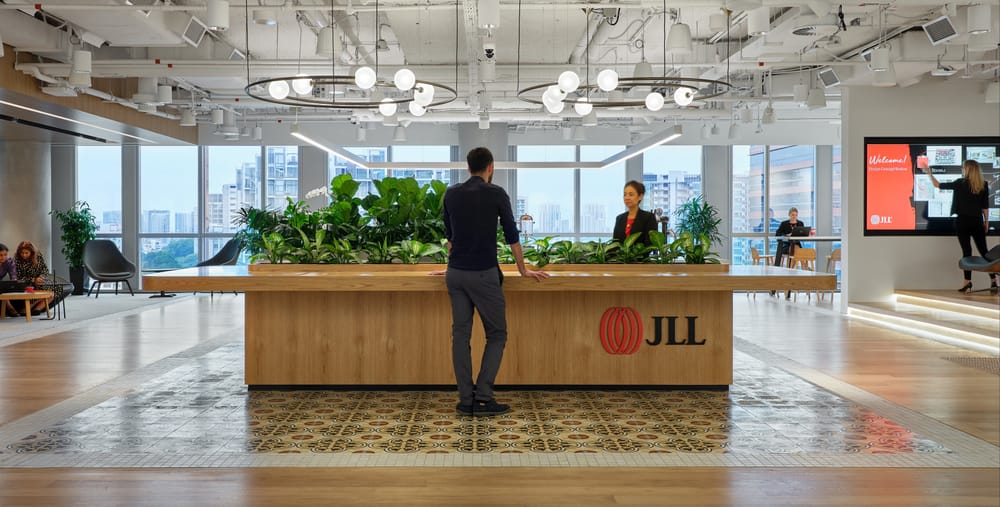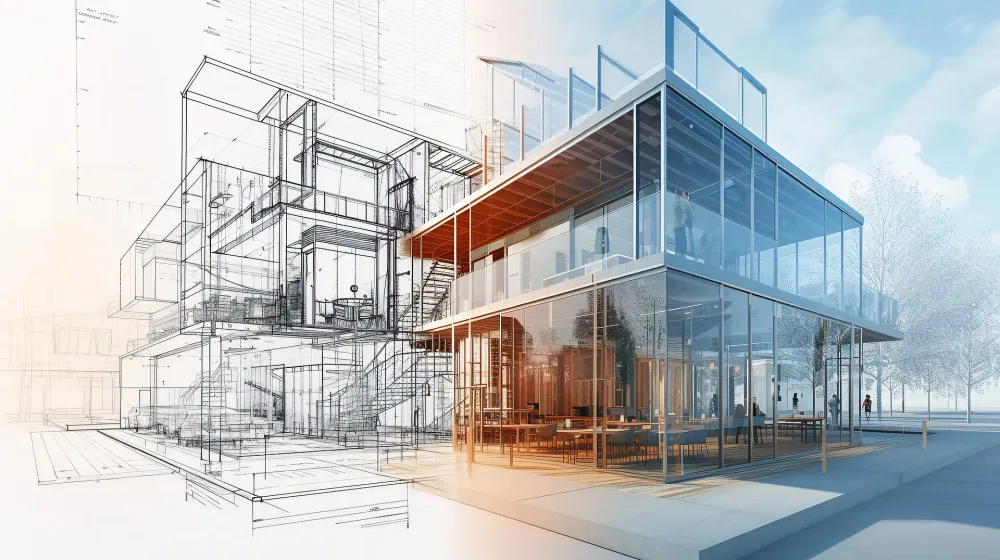Discover how AI is revolutionising sustainable buildings—from design to energy efficiency. A must-read for UK property professionals
The property industry loves a buzzword. “Sustainability,” “Smart Buildings,” “Net Zero”. All sound impressive. All mostly used to pad out marketing brochures and ESG reports. But for all the despite all the noise and excitement, the truth is this: we’ve barely scratched the surface of what technology can actually do.
Enter AI.
Finally, a buzzword that might actually do something. We’re not talking about the robot variety, we’re talking about the kind of artificial intelligence that quietly analyses data, finds patterns, predicts outcomes, and most importantly - helps us make better decisions.
The truth is sustainability relies on innovation more than any other challenge in property. AI might just be the thing that turns Net Zero Carbon from a nice marketing line into an operational reality.
Sustainability: Still More Green Paint Than Green Plan?
Buildings account for nearly 40% of global carbon emissions. And yet, “sustainability” in property is often reduced to light-touch gestures: LED bulbs, a recycling bin, a living wall in the lobby that someone forgot to water - or the occasional “green roof” that doubles as an abandoned pigeon paradise.
The real problem? The systems that underpin most developments are reactive, fragmented, and based on outdated assumptions. Compliance drives decisions. Reporting is manual. And meaningful environmental data is either buried or ignored.
Property professionals aren’t unwilling - they’re just underserved by the tools available. AI changes that by giving us a way to connect the dots, fast.
Four Ways AI is Rewriting the Rules of Sustainable Buildings

1. AI in Design: Building Smarter from Day Zero
AI can run design simulations during the design phase to assess energy flow, light penetration, ventilation, and even user behaviour to save energy. Architects can test hundreds of building configurations digitally, long before the first pile is stuck in the ground.
Want to know how a building will perform in 30 years? AI can model that too, factoring in predicted occupancy patterns, changing climate conditions, and even local energy tariffs.
Example:
For a new-build office building, AI can simulate multiple orientations to find the one that maximises natural light, minimises HVAC dependency, and identifies material combinations that reduce embodied carbon. During pilots in Southwark, London - this translates to a projected reduction in energy consumption by up to 20% over the lifecycle of the building.
- Material Selection That Actually Matters
Sustainability isn’t just about how a building runs. It’s about the materials that shape its carbon footprint.
AI can analyse materials based on embodied carbon, lifecycle cost, availability, and even geopolitical risk in the supply chain. It’s like having a hyper-efficient procurement analyst who also happens to care about the planet.
Example:
On a mixed-use regeneration project in Manchester, AI was used to assess cladding materials - not just for aesthetics and performance, but for embodied carbon, fire compliance, and local supplier proximity. It flagged that the original aluminium composite proposal had a high carbon footprint and extended lead time due to overseas shipping constraints.
Instead, it recommended a fibre cement panel produced regionally, which met design goals, reduced embodied emissions by 35%, and aligned with BREEAM targets. The developer adjusted specifications early, before it cost them a delay.

3. Predictive Energy Use: Not Just Switching Things Off
Traditional smart systems respond. AI anticipates.
By learning from patterns - (occupancy, historical energy use, weather), AI systems can optimise power usage with predictive analysis. It’s not just adjusting the thermostat when it gets cold; it’s predicting the cold, accounting for who’s in the building, and adjusting efficiently without human intervention.
Example:
In a mixed-use tower, AI lowers lighting and HVAC output on the top floors after learning that occupancy drops by 30% on Saturdays or at 1pm on Thursdays. No one notices, but the energy savings do. Unlike historic “Smart Systems, which simply react to present conditions, AI actually learns and evolves, making it far more efficient than rule-based controls or historic building management software.
Result? Lower bills, reduced emissions, and less need for someone to play musical chairs with the BMS settings.
4. Automated ESG Reporting: Real Transparency, Less Trauma
For many property companies, ESG reporting remains a slow and disjointed process, reliant on manually pulling together fragmented data.
AI takes the pain away. It can automatically collect and format ESG data across an entire portfolio, provide real-time dashboards, and generate reports that investors and regulators can actually use.
Example:
A property fund uses AI to automate ESG data collection across 14 buildings - reducing reporting time by 75% and improving accuracy for green certifications like BREEAM and WELL. This removes human error, accelerates decision making and makes portfolio wide sustainability strategy possible - not just a patchwork of individual initiatives.
It’s not just about making life easier. It’s about making the data actually mean something - so that it drives action, not just compliance.
Why the UK Property Sector Can’t Ignore This
In the UK, the built environment is in a pressure cooker because of the following factors:
- Net Zero requirement by 2050
- Increasingly sustainability-savvy investors
- Mandatory energy disclosures
- Tightening planning regulations that increasingly favour sustainable, data-backed developments
- And older building stock that isn’t pulling its weight
Final Thoughts: The Start of the Smart-Green Revolution
The truth is, we’ve been looking for a scalable answer to sustainability in property.
We’ve spent years trying to solve sustainability with outdated tools. AI isn’t just going to modernise the process, it’s going to reboot it.
The next five years will see AI drive the most radical improvements to date in how we design, operate, and optimise sustainable property.
The property sector doesn’t lack ambition. It lacks execution. AI might be able to close the gap.
/ai-and-sustainable-buildings-uk





